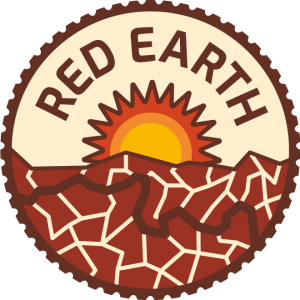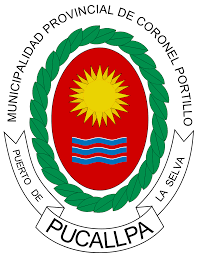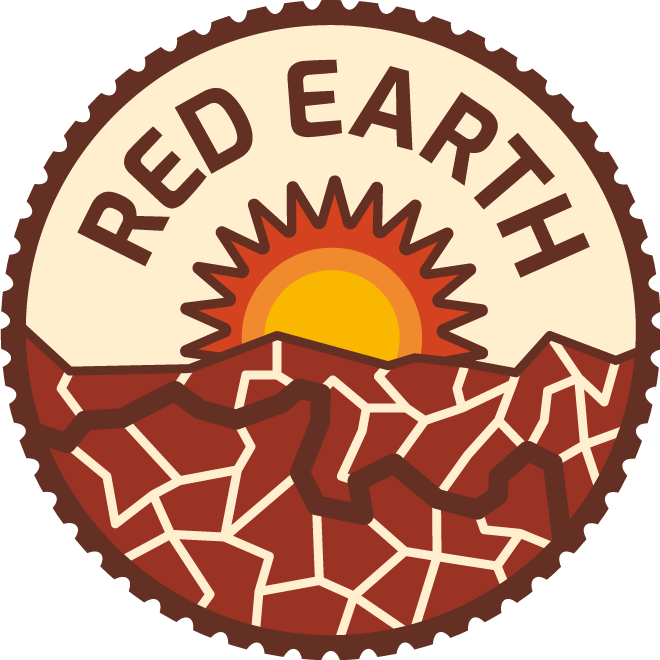
The Red Earth logo reflects aspects of the four years my wife and I lived in Peru.
Before Red Earth, I dreamed of running an accounting firm that dared to be different. A firm that cared about the business and personal finances and community at the same time. A firm that would lead business owners on their greatest journey. When I started to do this work with like-minded clients, it became obvious that a standard logo just wouldn’t cut it. The Red Earth logo needed to embody the spirit of adventure.
Pucallpa is a lumber town on the Ucayali River in the central jungle region of Peru.
A fast-growing urban area, most people make their living as day laborers and self-employed tradespeople. They earn their living in transportation, food services, and timber transported to the town via the enormous Ucayali river, one of two main tributaries of the Amazon River.
The sprawling jungle city of 300,000 feels like a small town as many are on a first name basis. While the natural beauty of the region and wildlife are majestic, the jungle people are not respected in the country, as the jungle represents only five percent of the national population and the object of much discrimination in the capital of Lima.
The Pucallpinos I worked with were highly receptive to new business ideas. Perhaps this is because of their relative standing in the country. They quickly implemented new methods for saving and investing in their businesses.
Pucallpinos are fun-loving people who love to laugh, are not in a hurry and are very laid back.
Most lead difficult lives in relative poverty but make the best of situations by absorbing new information. Upon learning a new concept they were quick to implement it to improve their businesses and the lives of their families.
I worked as a microfinance specialist during my time with a Christian development organization. Our Peruvian coworkers introduced me to trusted community leaders. We then spent time discussing the vision of community managed microfinance; a community-led initiative seeking to boost small enterprises. Once formed, the groups saved money together, lent it amongst members and learned small business management.
The first two savings groups formed within a year of my arrival and quickly multiplied. Prospective groups would visit one of the original two group meetings, catch the vision and quickly assemble a group to implement the plan. The groups formed a community, learned business management lessons and invested in their businesses through the small loans lent from the group.
It is the spirit of gritty entrepreneurship, using private business to create surplus to the benefit of the broader community that represents the brand.
Beyond money, business is used for people to serve their community and to provide purpose and direction for others to develop their God-given skills.
Pucallpa (pronounced pu-kal-pa) is a Quechua (pronounced catch-u-a) word derived from the native Peruvians meaning red dirt or red earth. The soil is largely red clay, very slippery when wet and ubiquitous during the rainy season. The bottom portion of the logo represents the cracked red clay after baking in the sun.
Along the bottom of the logo is a thick line snaking its way from right to left. This is a tracing of the Ucayali River as it passes Pucallpa. The river is the lifeblood of the city transporting products and people up and down the country and to the Atlantic Ocean via the Amazon.
The river is literally the end of the road from Lima.
The road from the capital city makes its way through the Andes mountains and down the Eastern Andes watershed until it reaches Pucallpa at which point the road stops. Any additional transportation from Pucallpa is by air or water to the jungle communities.

The sun is borrowed from the Pucallpa flag. The sun is the dominant force in the jungle and the routine of the day is organized around its intense presence. The rays of the sun on the logo also represent the rear sprocket of a motorcycle. This represents the two motorcycles I owned living there (a blue Yamaha XT 350 and a white Honda Tornado 250). The tread on the outside of the logo represents the knobs on the off-road tires of the motorcycles.
In the same way I served micro-entrepreneurs in the Amazon Jungle and Peruvian coast, I want to serve my clients here in the US by serving and growing their companies. Based on my experience, what other name could I have landed upon but Red Earth? My logo is a tribute to the Peruvian people. They’ve inspired me with their spirited attitude and determined work.
Red Earth stands for a way of living that’s intentional. That’s inspirational. Come join the adventure.
